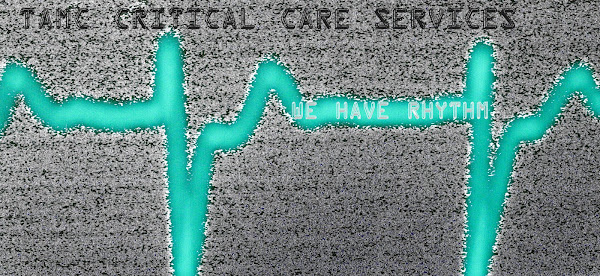Full text
•
PDF
Acid-Suppressive Medication Use and the Risk for Hospital-Acquired Pneumonia
Shoshana J. Herzig, MD; Michael D. Howell, MD, MPH; Long H. Ngo, PhD; Edward R. Marcantonio, MD, SM
JAMA. 2009;301(20):2120-2128.
Context The use of acid-suppressive medication has been steadily increasing, particularly in the inpatient setting, despite lack of an accepted indication in the majority of these patients.
Objective To examine the association between acid-suppressive medication and hospital-acquired pneumonia.
Design, Setting, and Patients Prospective pharmacoepidemiologic cohort study. All patients who were admitted to a large, urban, academic medical center in Boston, Massachusetts, from January 2004 through December 2007; at least 18 years of age; and hospitalized for 3 or more days were eligible for inclusion. Admissions with time spent in the intensive care unit were excluded. Acid-suppressive medication use was defined as any order for a proton-pump inhibitor or histamine2 receptor antagonist. Traditional and propensity-matched multivariable logistic regression were used to control for confounders.
Main Outcome Measure Incidence of hospital-acquired pneumonia, defined via codes from the International Classification of Diseases, Ninth Revision, Clinical Modification (ICD-9-CM), in patients exposed and unexposed to acid-suppressive medication.
Results The final cohort comprised 63 878 admissions. Acid-suppressive medication was ordered in 52% of admissions and hospital-acquired pneumonia occurred in 2219 admissions (3.5%). The unadjusted incidence of hospital-acquired pneumonia was higher in the group exposed to acid-suppressive medication than in the unexposed group (4.9% vs 2.0%; odds ratio [OR], 2.6; 95% confidence interval [CI], 2.3-2.8). Using multivariable logistic regression, the adjusted OR of hospital-acquired pneumonia in the group exposed to acid-suppressive medication was 1.3 (95% CI, 1.1-1.4). The matched propensity-score analyses yielded identical results. The association was significant for proton-pump inhibitors (OR, 1.3; 95% CI, 1.1-1.4) but not for histamine2 receptor antagonists (OR, 1.2; 95% CI, 0.98-1.4).
Conclusions In this large, hospital-based pharmacoepidemiologic cohort, acid-suppressive medication use was associated with 30% increased odds of hospital-acquired pneumonia. In subset analyses, statistically significant risk was demonstrated only for proton-pump inhibitor use.
Author Affiliations: Divisions of General Medicine and Primary Care (Drs Herzig, Ngo, and Marcantonio), Pulmonary and Critical Care (Dr Howell), and Gerontology (Dr Marcantonio), Beth Israel Deaconess Medical Center, Boston, Massachusetts; and Harvard Medical School, Boston (Drs Herzig, Howell, Ngo, and Marcantonio).

